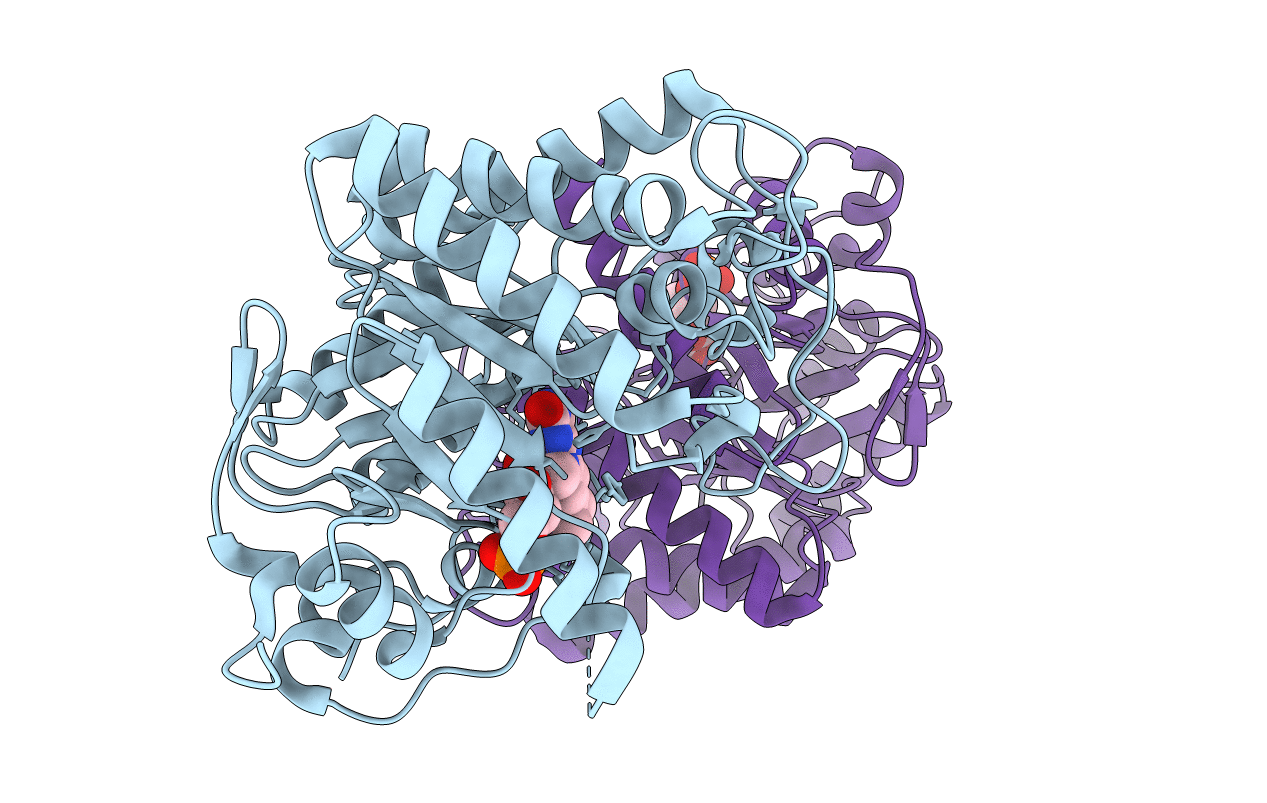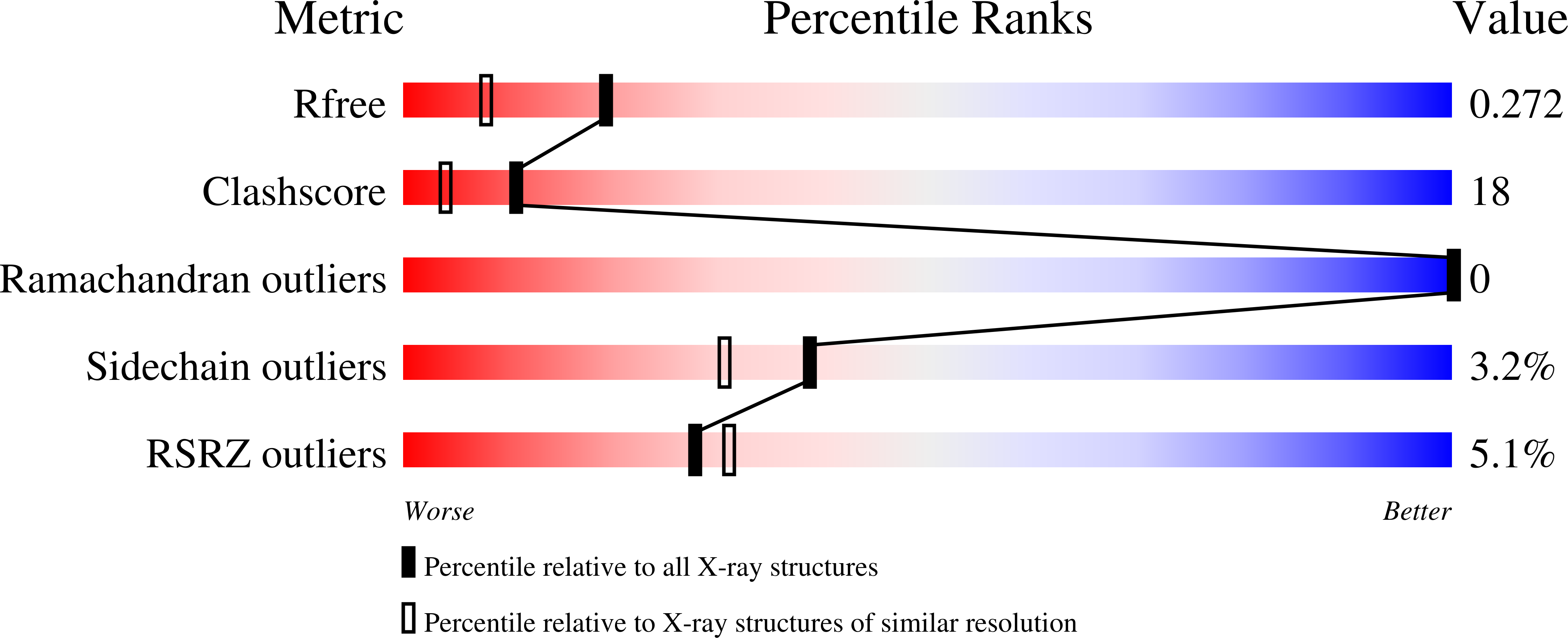
Deposition Date
2006-07-21
Release Date
2006-09-12
Last Version Date
2024-02-14
Entry Detail
PDB ID:
2HS8
Keywords:
Title:
Crystal structure of the Y364F mutant of 12-oxophytodienoate reductase 3 from tomato
Biological Source:
Source Organism:
Solanum lycopersicum (Taxon ID: 4081)
Host Organism:
Method Details:
Experimental Method:
Resolution:
1.90 Å
R-Value Free:
0.27
R-Value Work:
0.22
Space Group:
P 1 21 1


